Ready for a dental adventure with a twist? April is designated as Oral Cancer Awareness Month, a time dedicated to raising awareness about the risks, symptoms, and prevention of oral cancer. This observance aims to educate the public and encourage early detection, which significantly improves survival rates. Oral cancer affects thousands of people each year and can have serious, life-altering consequences if not diagnosed and treated early (American Cancer Society, 2023).
Understanding Oral Cancer
Oral cancer refers to cancers that develop in the mouth, lips, tongue, throat, and surrounding tissues. It is often associated with lifestyle factors such as tobacco use, excessive alcohol consumption, and human papillomavirus (HPV) infection. According to the American Cancer Society, approximately 54,000 people in the U.S. are diagnosed with oral or oropharyngeal cancer annually, and nearly 11,000 die from the disease (American Cancer Society, 2023).
Risk Factors for Oral Cancer
Several factors increase the likelihood of developing oral cancer, including:
- Tobacco Use – Smoking cigarettes, cigars, or pipes and using smokeless tobacco significantly increase risk.
- Excessive Alcohol Consumption – Heavy drinking is linked to a higher incidence of oral cancer.
- HPV Infection – Certain strains of HPV, particularly HPV-16, have been identified as a major risk factor.
- Poor Oral Hygiene – Neglecting oral health may contribute to a greater risk of developing cancerous lesions.
- Prolonged Sun Exposure – Increases the risk of lip cancer (National Institute of Dental and Craniofacial Research, 2022).
The Importance of Early Detection
Early diagnosis of oral cancer dramatically improves treatment outcomes. Symptoms to watch for include:
- Persistent sores or ulcers that do not heal
- Red or white patches in the mouth
- Difficulty swallowing or speaking
- Lump or thickening in the cheek or neck
- Persistent sore throat or hoarseness (Mayo Clinic, 2022)
Prevention and Screening
Preventive measures can reduce the risk of developing oral cancer. Key strategies include:
- Regular Dental Checkups – Dentists can identify early signs of oral cancer through routine screenings.
- Avoiding Tobacco and Limiting Alcohol – Reducing or eliminating these substances decreases risk.
- HPV Vaccination – Protecting against HPV can lower the risk of associated oral cancers.
- Maintaining Good Oral Hygiene – Brushing, flossing, and regular dental visits promote overall oral health.
- Using Sun Protection for Lips – Applying lip balm with SPF helps prevent sun-induced lip cancer (Oral Cancer Foundation, 2023).
How to Get Involved
- Spread Awareness – Share information on social media using #OralCancerAwareness.
- Participate in Screenings – Many dental offices and healthcare providers offer free screenings during April.
- Support Research and Advocacy – Donate to organizations focused on oral cancer research and patient support.
- Encourage Healthy Habits – Promote tobacco cessation programs and HPV vaccination initiatives.
Oral Cancer Awareness Month serves as a critical reminder of the importance of early detection, preventive care, and education in reducing the burden of oral cancer. By recognizing the signs, addressing risk factors, and advocating for regular screenings, we can work toward lowering incidence rates and improving survival outcomes for those affected by this disease. While oral cancer remains a serious health concern, there's growing hope for better outcomes and improved quality of life for those affected. Recent advancements in early detection methods, treatment strategies, and ongoing research are making a significant difference. The overall 5-year survival rate has increased to 69%, with even higher rates for cancers caught at early, localized stages.
References
- American Cancer Society. (2023). Oral and Oropharyngeal Cancer Statistics. Retrieved from https://www.cancer.org
- National Institute of Dental and Craniofacial Research. (2022). Oral Cancer Risk Factors and Prevention. Retrieved from https://www.nidcr.nih.gov
- Mayo Clinic. (2022). Oral Cancer Symptoms and Diagnosis. Retrieved from https://www.mayoclinic.org
- Oral Cancer Foundation. (2023). Raising Awareness and Prevention Tips. Retrieved from https://www.oralcancerfoundation.org


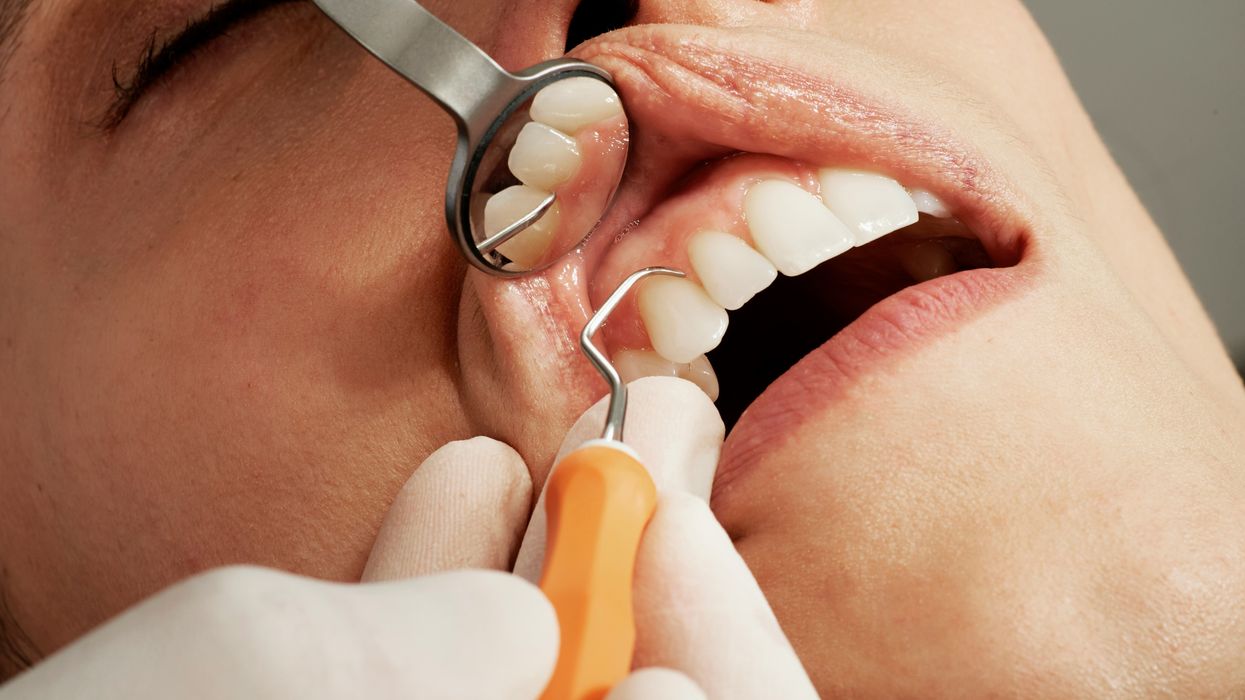




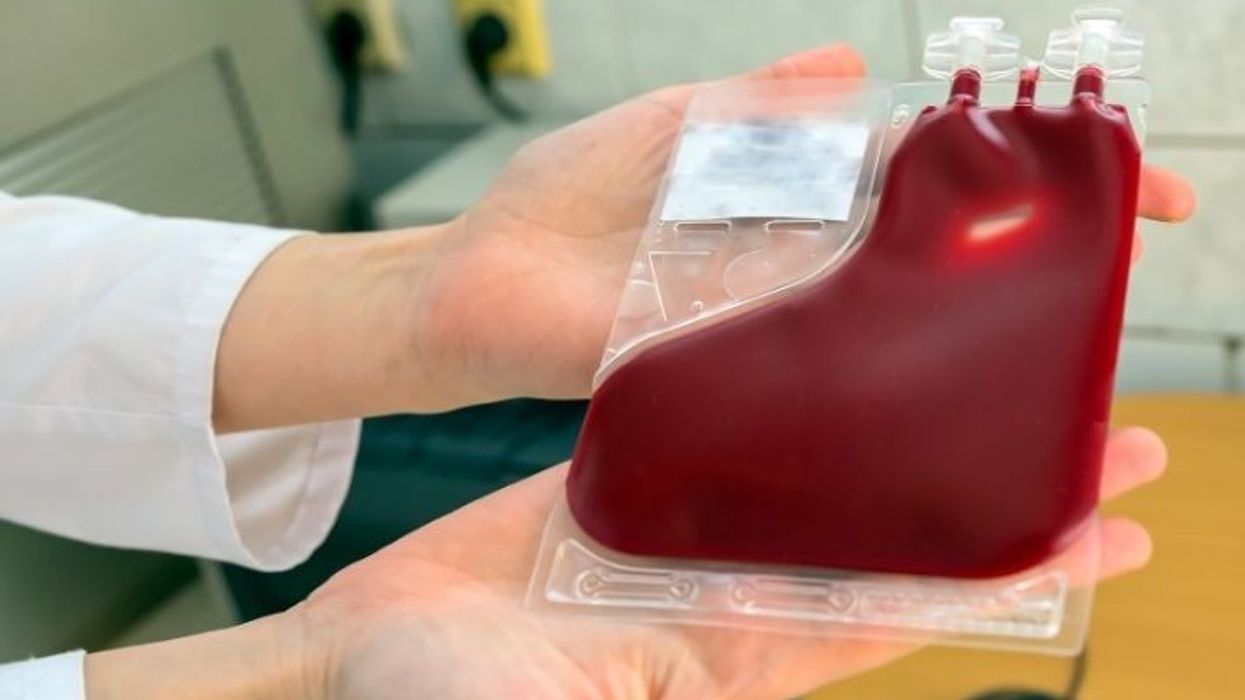





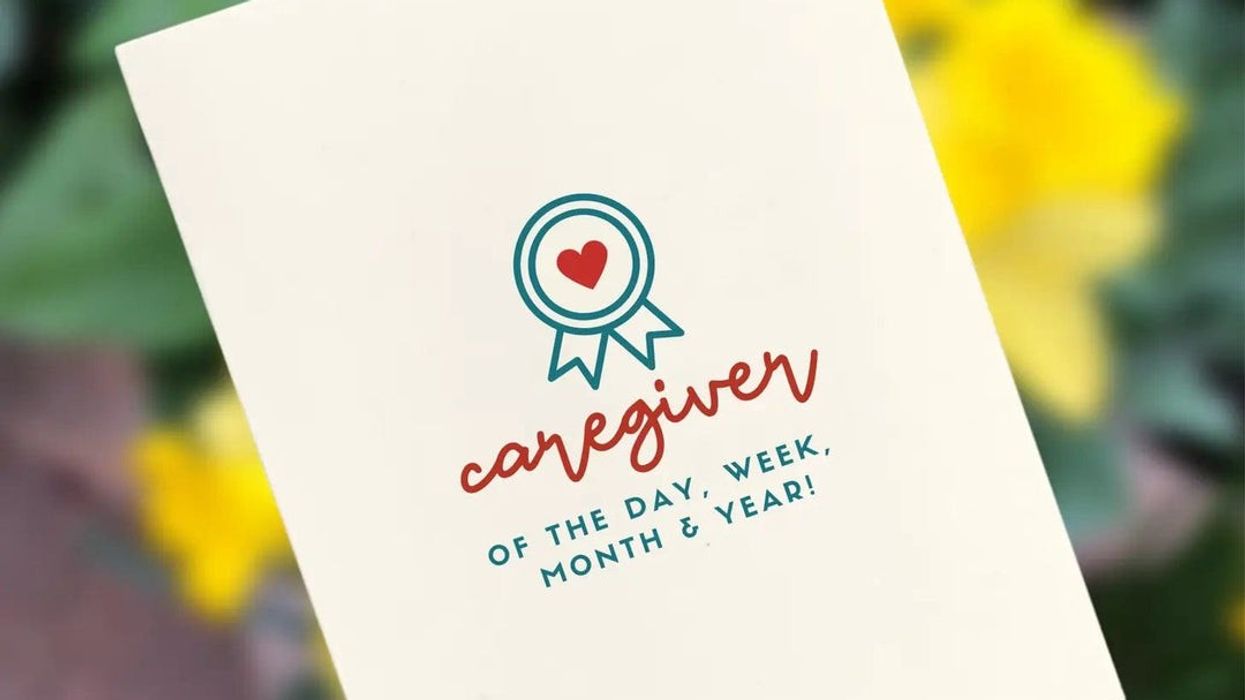




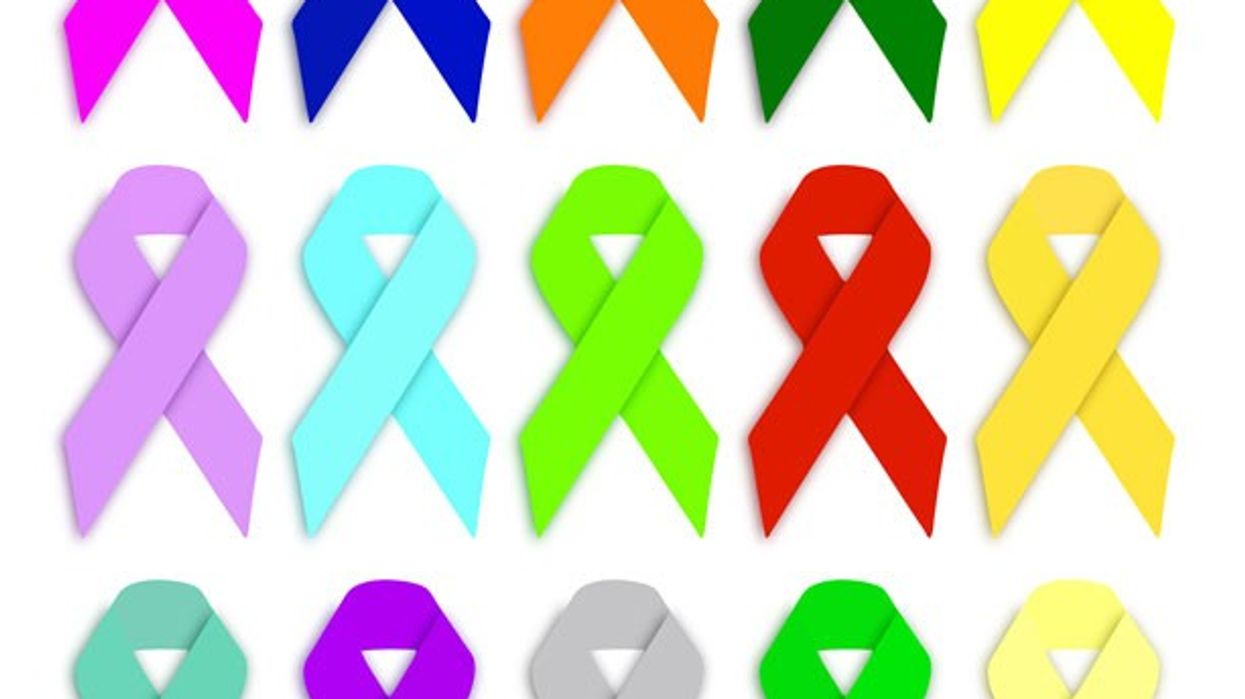

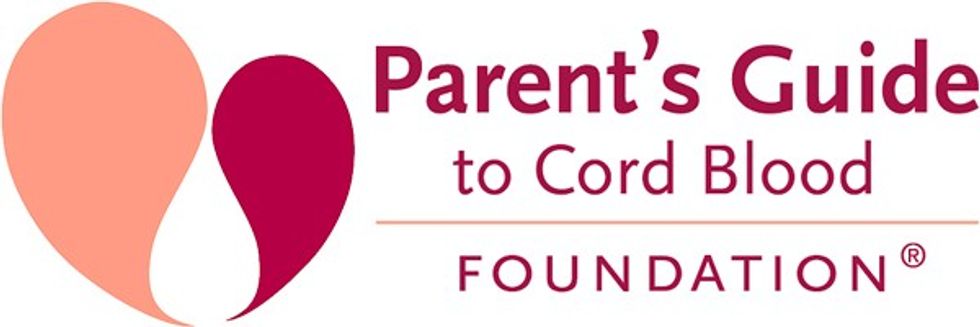
 File:US-NIH-NEI-Logo.svg - Wikimedia Commons
File:US-NIH-NEI-Logo.svg - Wikimedia Commons



